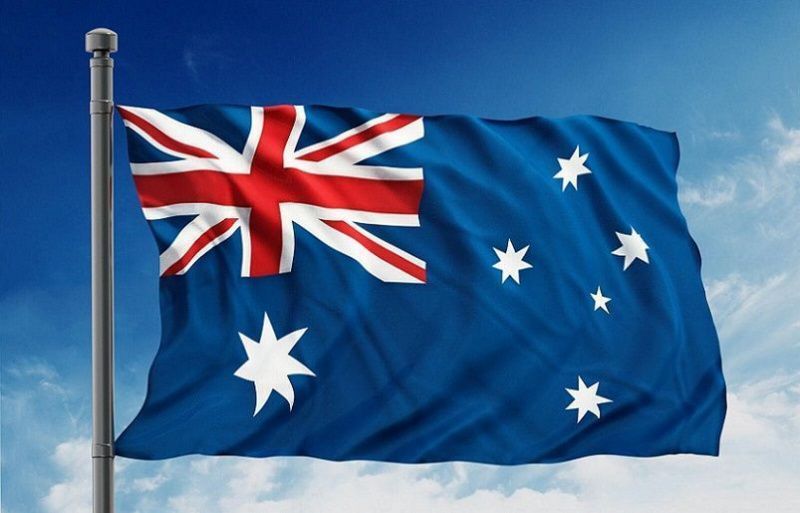Australian Dairy in 2024: Highs, Lows, and Challenges Amid Drought and Price Cuts
Sourse: DairyNews.today
The Australian dairy industry faced a tumultuous year in 2024, marked by swings in fortunes reminiscent of Frank Sinatra’s That’s Life. The year began with optimism as farmgate milk prices hovered near record highs, only to be followed by setbacks in the form of drought, processor struggles, and supermarket price cuts.

Riding High: Strong Farmgate Prices Early in the Year
As the 2023-24 financial year kicked off, farmers enjoyed strong returns, with prices exceeding $9 per kilogram of milk solids, and some approaching $10 per kilogram. The favorable pricing bolstered confidence across the sector, though it also drew frustration from processors, prompting calls from the Australian Dairy Products Federation (ADPF) for reforms to the mandatory dairy code of conduct.
Processor Challenges and Factory Closures
The processor sector faced significant turbulence, continuing a trend from 2023. While some brands like Tasmania’s Betta Milk and Meander Valley Dairy found buyers, others were less fortunate. The closure of Lactalis’ Echuca factory in Victoria led to the loss of 70 jobs, highlighting the ongoing fragility of the sector.
Supermarket Woes: Generic Brands and Price Cuts
Major supermarket chain Woolworths stirred controversy early in the year with its generic cheese brand Hillview, adorned in green-and-gold packaging despite being made in New Zealand. The issue resurfaced when Woolworths removed Norco milk from its Sydney stores and slashed the price of its generic milk from $1.60 to $1.55 per liter in September. The move marked the first price cut since the infamous $1-per-liter pricing introduced on Australia Day in 2011, reigniting concerns about the impact of retail pricing on the industry.
Farmgate Price Collapse
By May, the optimism of early 2024 had faded as weak global dairy trade (GDT) returns and sluggish domestic demand forced processors to lower farmgate prices. Unlike previous cycles, price cuts this year came early, leaving farmers grappling with reduced incomes well before the June 1 deadline. Fonterra eventually diverged from the pack late in the year, but farmgate prices remained a sore point.
Drought and High Fodder Costs Add to Farmers’ Woes
Weather challenges compounded the industry’s struggles. A “green drought” hit key dairy regions in southwest Victoria and southeast South Australia, with sporadic tropical rains offering only limited relief. The persistent dry conditions drove up fodder prices, creating a financial strain for farmers already contending with declining incomes.
As 2024 closes, Australian dairy finds itself at a crossroads, grappling with the combined pressures of environmental unpredictability, market volatility, and supermarket pricing tactics. With lingering drought effects and high fodder costs, farmers face a challenging start to 2025.
As the 2023-24 financial year kicked off, farmers enjoyed strong returns, with prices exceeding $9 per kilogram of milk solids, and some approaching $10 per kilogram. The favorable pricing bolstered confidence across the sector, though it also drew frustration from processors, prompting calls from the Australian Dairy Products Federation (ADPF) for reforms to the mandatory dairy code of conduct.
Processor Challenges and Factory Closures
The processor sector faced significant turbulence, continuing a trend from 2023. While some brands like Tasmania’s Betta Milk and Meander Valley Dairy found buyers, others were less fortunate. The closure of Lactalis’ Echuca factory in Victoria led to the loss of 70 jobs, highlighting the ongoing fragility of the sector.
Supermarket Woes: Generic Brands and Price Cuts
Major supermarket chain Woolworths stirred controversy early in the year with its generic cheese brand Hillview, adorned in green-and-gold packaging despite being made in New Zealand. The issue resurfaced when Woolworths removed Norco milk from its Sydney stores and slashed the price of its generic milk from $1.60 to $1.55 per liter in September. The move marked the first price cut since the infamous $1-per-liter pricing introduced on Australia Day in 2011, reigniting concerns about the impact of retail pricing on the industry.
Farmgate Price Collapse
By May, the optimism of early 2024 had faded as weak global dairy trade (GDT) returns and sluggish domestic demand forced processors to lower farmgate prices. Unlike previous cycles, price cuts this year came early, leaving farmers grappling with reduced incomes well before the June 1 deadline. Fonterra eventually diverged from the pack late in the year, but farmgate prices remained a sore point.
Drought and High Fodder Costs Add to Farmers’ Woes
Weather challenges compounded the industry’s struggles. A “green drought” hit key dairy regions in southwest Victoria and southeast South Australia, with sporadic tropical rains offering only limited relief. The persistent dry conditions drove up fodder prices, creating a financial strain for farmers already contending with declining incomes.
As 2024 closes, Australian dairy finds itself at a crossroads, grappling with the combined pressures of environmental unpredictability, market volatility, and supermarket pricing tactics. With lingering drought effects and high fodder costs, farmers face a challenging start to 2025.











